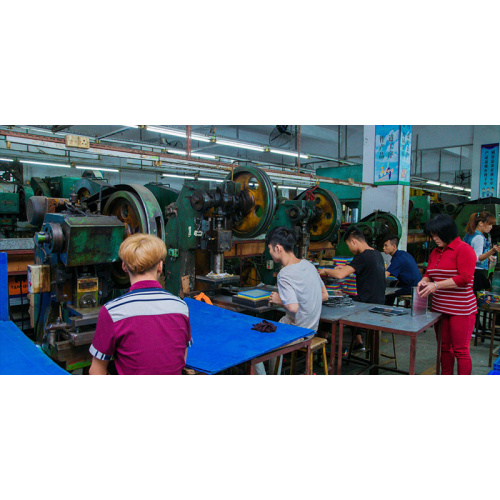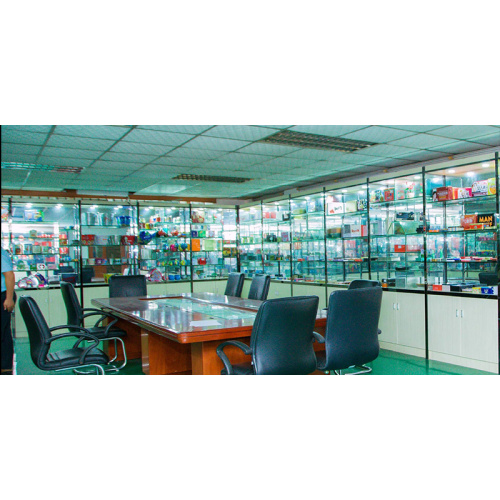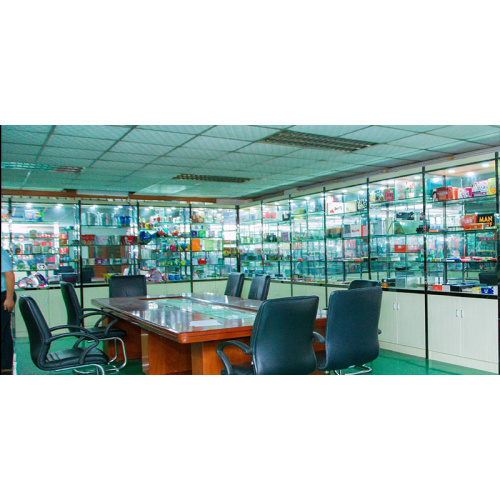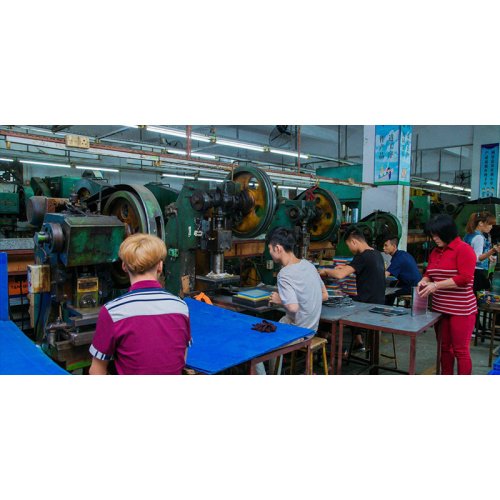The production of Metal Containers usually uses galvanized steel sheets, tin-plated steel sheets, and chrome-plated steel sheets. Since the steel sheet itself has a plating layer, it is generally not necessary to perform painting. Galvanized steel sheets are mostly used to produce larger-capacity containers, while tinplates and chrome-plated sheets are mostly used to produce smaller-capacity containers. In the production process, the seam welding of the plated steel plate destroys the plating at the weld site, thereby also destroying its corrosion resistance and aesthetics. Therefore, after the can body is welded, the weld site must be painted in order to restore its original function. For containers made with Tinplate, the printing is generally carried out in advance, but for containers made with galvanized plates, it is generally necessary to print the marks and patterns on the containers after the container is painted.
First, the galvanized sheet container coating process
Zinc easily forms a dense oxide film, so the zinc-plated steel plate is more corrosion resistant than ordinary steel plates. The galvanized container can be made of galvanized steel (tin plate). It can also be formed by galvanizing the bottom lid and can body of the container after cold rolling.
The zinc layer on the galvanized steel sheet is generally a hot-dip plating process. The zinc layer obtained by the hot-dip plating is thicker, and its structural layer is composed of a steel substrate, a neodymium-iron alloy layer, a tantalum layer, an oxide film, and an oil film. The containers made of hot-dipped iridium steel have good corrosion resistance.
After the container bottom cover and the can body are formed and galvanized separately, an electrogalvanizing process is adopted. The zinc layer obtained by this process is zinc ions adsorbed by a grain of an electric current, and the formed zinc layer structure is formed. Because it is looser and thinner, and because there is no heat penetration, the electrogalvanized sheet lacks the zinc-iron alloy layer, and the oxide film formed by it is also thin, and there is no oil film layer protection. Therefore, the appearance is not as good as that of a container made of a plating template.
However, when the container body is made of galvanized steel sheet, because of the need of welding, the weld portion of the can body is ground and welded and oxidized, so the galvanized layer here is no longer present. In order to maintain the galvanized layer of the galvanized container intact to ensure the corrosion resistance of the galvanized container as a whole, it is necessary to perform zinc treatment on the weld.
Currently, the zinc supplementation methods used by the container industry can be roughly divided into three types:
1. Hot-melt tinning method: The hot-melt tinning method is to remove the oxide layer at the weld seam and perform hot-melt tin addition. However, although tin has relatively stable chemical properties at room temperature and hardly reacts with air, it easily forms sub-salts in case of acid, and easily forms stannate when it encounters alkali. This has a greater impact on the overall corrosion protection performance of galvanized containers.
2. Aluminum paste coating method: The aluminum paste coating method is a special zinc coating paint for galvanized containers after grinding the oxide layer at the weld seam. The paint is a two-component coating that is actually a paste of aluminum paste dissolved in a X-891 container. One component of the paint is a curing agent, and the other component is an anti-corrosion resin containing aluminum paste.
Metal aluminum can form an oxide film that is denser than zinc, so its corrosion resistance is better than that of zinc. For example, a container made of aluminum has water, sulfide, concentrated nitric acid, any concentration of acetic acid, and all organic acids. Very good corrosion resistance. Therefore, the overall corrosion resistance of the galvanized container treated with the special galvanized special coating has no effect. However, although this kind of paint is dry in about ten minutes, it takes a long time to completely solidify. Therefore, after the inside and outside of the can's weld bead is sprayed on the container, it is better to be able to re-roll it on the next day. Packaged so that the coating is fully exposed to oxygen cure. Of course, if the can body can be baked at a temperature of 180°C for 15 minutes (this temperature has no effect on the galvanized layer), the paint can be completely cured so that the can body can be packaged immediately.
Some container factories use silver powder paint to make up the weld seam. Although the silver powder in silver powder paint is actually aluminum powder, first, the content of aluminum powder in the silver powder paint is low, and secondly, the silver powder paint is mostly prepared with ordinary blended lacquer and aluminum powder. , Its anti-corrosion performance is poor, so it is relatively reluctant to make up the weld.
3. Spray zinc supplementation method: Spray zinc supplementation method is the best zinc supplementation method for galvanized containers. It is to use galvanized container special weld zinc supplementation machine for zinc replenishment.
Galvanized container special welding machine consists of two parts: sandblasting and spraying.










